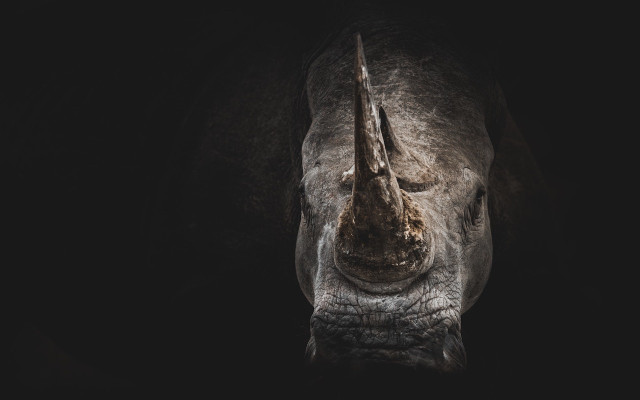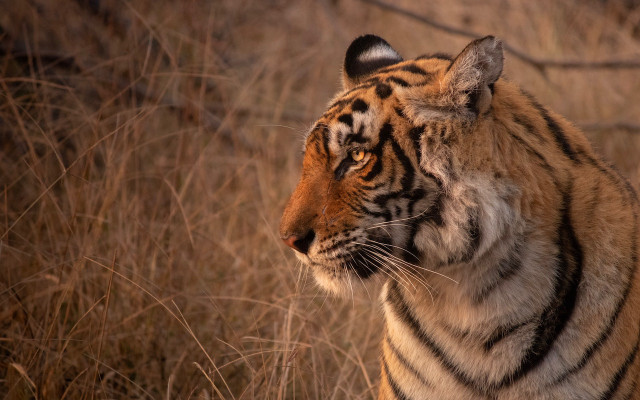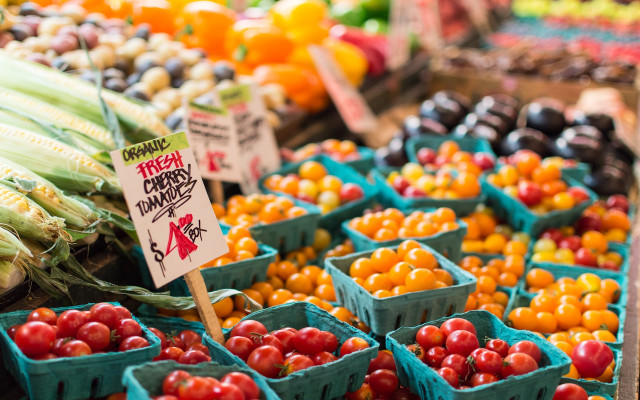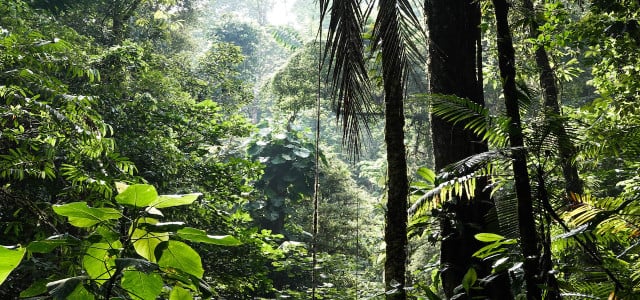There are so many amazing species alive on this planet, but an increasing number of them are considered to be endangered. In this guide, you’ll learn what “endangered” means, which species are at risk, and what you can do to help.
The world as we know it operates on a very delicate balance called biodiversity. Each plant or animal has its own role to play to keep things balanced. However, as the human population continues to grow, that balance is getting thrown off, and other species are paying the price.
What Does “Endangered” Mean?

Simply put, the term “endangered” means that a species of plant or animal is facing a high risk of becoming extinct in the wild. This is often contributed to things like destruction of habitat, disease, and over-hunting. However, species don’t just go from normal population ranges to endangered or extinct overnight. The International Union for Conservation and Nature (IUNC), uses nine categories to classify various species for their Red List of Endangered Species:
- Not Evaluated: the species has not been evaluated based on the criteria
- Data Deficient: there is not enough data to place the species in any specific category
- Least Concern: the lowest risk category
- Near Threatened: likely to become endangered in the near future
- Vulnerable: high risk of extinction in the wild
- Endangered: very high risk of extinction in the wild
- Critically Endangered: extremely high risk of extinction in the wild
- Extinct in the Wild: the only known survivors are in captivity
- Extinct: no known individuals remain
When using a classification system like this, “endangered” refers to any species falling in the vulnerable, endangered, and critically endangered category. The IUCN periodically assesses every animal they have enough data for in order to make an informed decision about which category they belong to. While it sounds like a fairly simple process, it requires a lot of data and specially trained scientists.
Which Species Are At Risk?



The IUCN has compiled data for nearly 135,000 species so far, and over a quarter of those are threatened with extinction. Some of these you might already be familiar with, like orangutans, several species of rhinos, elephants, and gorillas. But certain kinds of whales, sea turtles, and tuna are on the list of endangered species as well.
The biggest risk facing the majority of endangered species is human encroachment on their habitat. In fact, 85 percent of the species listed on the IUCN’s red list have habitat destruction listed as their main threat. Trying to feed a population of over 7.8 billion people means that humans are constantly clearing land for agricultural purposes.
Loss of genetic variation also poses a huge risk to many endangered species. As populations decline, the amount of suitable breeding partners does as well, which leads to inbreeding. Species with very little genetic variation are more susceptible to disease and can’t adapt as easily to new environments. While this certainly applies to animals, it’s also one of the largest issues regarding monocultures.
It’s not all bad news though. Through some incredible conservation efforts, a few endangered species are seeing an increase in population again. The IUNC updates their Red List to show if populations are increasing, decreasing, or stable. For instance, the giant panda was moved from the endangered list to the vulnerable list, which is a huge conservation win!
How To Help Endangered Species



By making small changes in your everyday life, you can help protect the biodiversity of our planet.
- Switch to a flexitarian or vegetarian diet. The amount of land needed to house livestock and to grow their food is enormous. Entire ecosystems are being decimated through habitat destruction and over-fishing.
- Donate to conservation efforts or environmental organizations.
- Support organic farming practices by purchasing organic food. Pesticides are used heavily in agriculture and are killing off many important insects.
- Avoid palm oil. This seemingly insignificant ingredient is found in many everyday products, and the land being cleared for palm oil production is home to endangered tigers, rhinos, orangutans, and elephants.
- Try adopting a zero waste lifestyle to avoid unnecessary pollution. Plastic ends up in the oceans which is harmful to our marine life, and the production of plastic products rely on fossil fuels.
Do you like this post?







